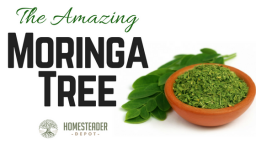We talk a lot about health on this blog and a lot about gardening. Of course, there’s a huge area of overlap between the two subjects! Gardening is so beneficial for your health, as there is no better produce to eat than the kind you grow yourself, not just because you can control everything that goes into the soil, but because you can pick it fresh and enjoy it on your plate within hours of picking. This means you will be eating the optimum nutrition since the produce has so recently been alive.
For this reason, pretty much anything you grow yourself is incredibly healthy and good for you. But of course, not all plants are created equal, and some fruits and vegetables, commonly dubbed “superfoods”, are loaded with valuable nutrients and antioxidants. You might associate superfoods with exotic berries or herbs grown halfway around the world, but there are actually quite a few superfoods that are very easy to grow at home.
Here are some of the easiest superfoods to grow to pack your garden full of healthy fruits and veggies.
Blueberries
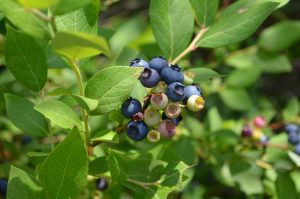
Blueberries have often been referred to as the top superfood in the world. They are full of vitamins and cancer-fighting antioxidants and are surprisingly easy to grow. They thrive in zones 5-10 and have long seasons as well, so you can enjoy their healthful benefits nearly all year long.
Kale
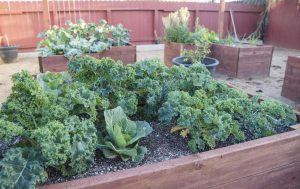
Kale is a great started green for beginner gardeners and has been enjoying quite a bit of popularity in the last few years among the healthy hipster elite. You don’t have to pay an arm and a leg for a kale salad from Whole Foods to enjoy its free-radical absorbing nutrition, you can very easily grow it in your own backyard. It’s very versatile and easy to incorporate in many dishes. Also, you can harvest from a single kale plant for months, making it a great staple green for your garden.
Related Article: The Best All Natural Fertilizers For Your Garden
Sweet Potato
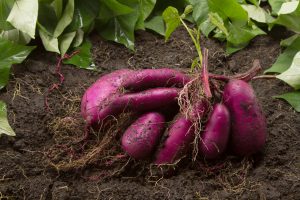
Another very trendy vegetable as of late, sweet potatoes are packed with vitamins, particularly vitamin C, as well as minerals, fiber, and antioxidants. You can grow them in a deep garden bed, in well-tilled soil, even a barrel or a trash can! They’re definitely worth growing for their calorie content and nutritious benefits, and make a wonderful and healthy alternative to grains or white potatoes if you’re trying to lose weight or eat less starchy foods.
Microgreens/Sprouts
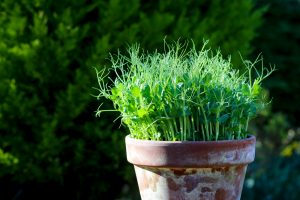
We’re covering all the trends here! Microgreens have been appearing in posh urban eateries in the last few years, but they’re essentially a glorified version of the healthy and easy-to-grow sprouts that health nut hippies have been using to top sandwiches for decades. Microgreens are essentially sprouted seeds of common salad greens–chard, kale, lettuce–that have been grown in a soft, delicate medium indoors and allowed to grow for a week or so. Sprouts, on the other hand, are harvested within a few days. But both microgreens and sprouts are incredibly easy to grow and a great way to eat fresh superfood greens all year round. When seeds are freshly sprouted, they contain vital nutrients that only newly living organisms can. These are a great option for urban or apartment homesteaders.
Related Article: 4 Critical Methods to Improve Your Garden Soil
Beets
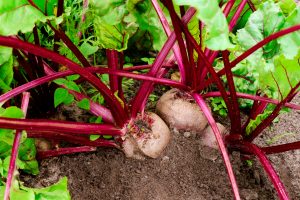
Beets are commonly featured in many superfood powder drink mixes and the juice of beets is a staple of the healthy juicing world. They also happen to be a great vegetable to grow for beginner gardeners! And of course, there’s nothing as nutritious as a freshly dug beet. They also keep well too. Beets contain a high concentration of nitric oxide, which is incredibly crucial for heart health and circulation, and difficult to find in other foods.
Aloe Vera
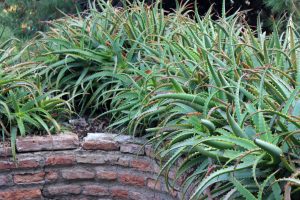
Most people think of slathering some aloe on a bad sunburn for some quick relief, and it’s definitely amazing for this! But did you know it’s also a very nutritious superfood? You can eat the leaves as well as juice them, and it’s incredibly beneficial for your health. Also, if you are doing all this gardening, you’ll probably want some to ease the effects of the sun! Keeping one or two aloe plants in your garden or in a pot on your porch is very easy and you’ll find many uses for it beyond eating.
When it comes to superfoods, don’t be swayed by fancy supplements or expensive packaged products. You can grow your very own superfoods in your garden, with no more effort than growing anything else! The best kind of superfood is the kind you grow yourself, and your body will certainly thank you for these fresh, homegrown nutrients. Happy gardening!



